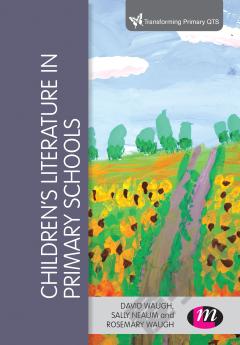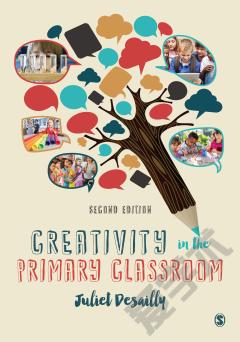Inspiring Writing in Primary Schools
Teachers continue to ask about ways to inspire young writers in their classes, while students brought back new and creative ideas from school and reminded us of the importance of keeping writing on everyoneâs agenda. What counts as writing in school? What should count as writing? Who defines this? Who has the right to define it? Research suggests that from the earliest years, young childrenâs writing interests and identities as writers are shaped by influential others, including their parents, peers and teachers (Dyson, 2009; Rowe, 2008). In particular, teachersâ conceptions of writing and their classroom practice frame and mould the identity positions offered to young writers in school (Bourne, 2002; Bernstein, 2014). Packed with accessible advice, engaging examples of research-informed practice and new ideas for ways to involve and support young writers, Inspiring writing in the primary classroom offers primary teachers a breath of fresh air. Liz Chamberlain, drawing on her own doctoral research, which involved exploring three young writersâ practices at home and at school, the book provides a mix of practice and theory - theory and practice is very energising. The authors take a real world view of writing and recognise and respect each child as a writer and each teacher as a professional â a potentially creative pedagogue. The principles of teaching writing effectively are innovatively shared and use is made of engaging new metaphors to support young writers on their journeys. The authors take a real world view of writing and recognise and respect each child as a writer and each teacher as a professional â a potentially creative pedagogue. Inspiring Writing in Primary Schools helps to teach writing and to know what a good writing lesson looks and feels like. This text will help teachers to seize the opportunity of the Australian Curriculum: English and inspire fabulous writing in their classrooms.
{{comment.content}}








 京公网安备 11010802027623号
京公网安备 11010802027623号